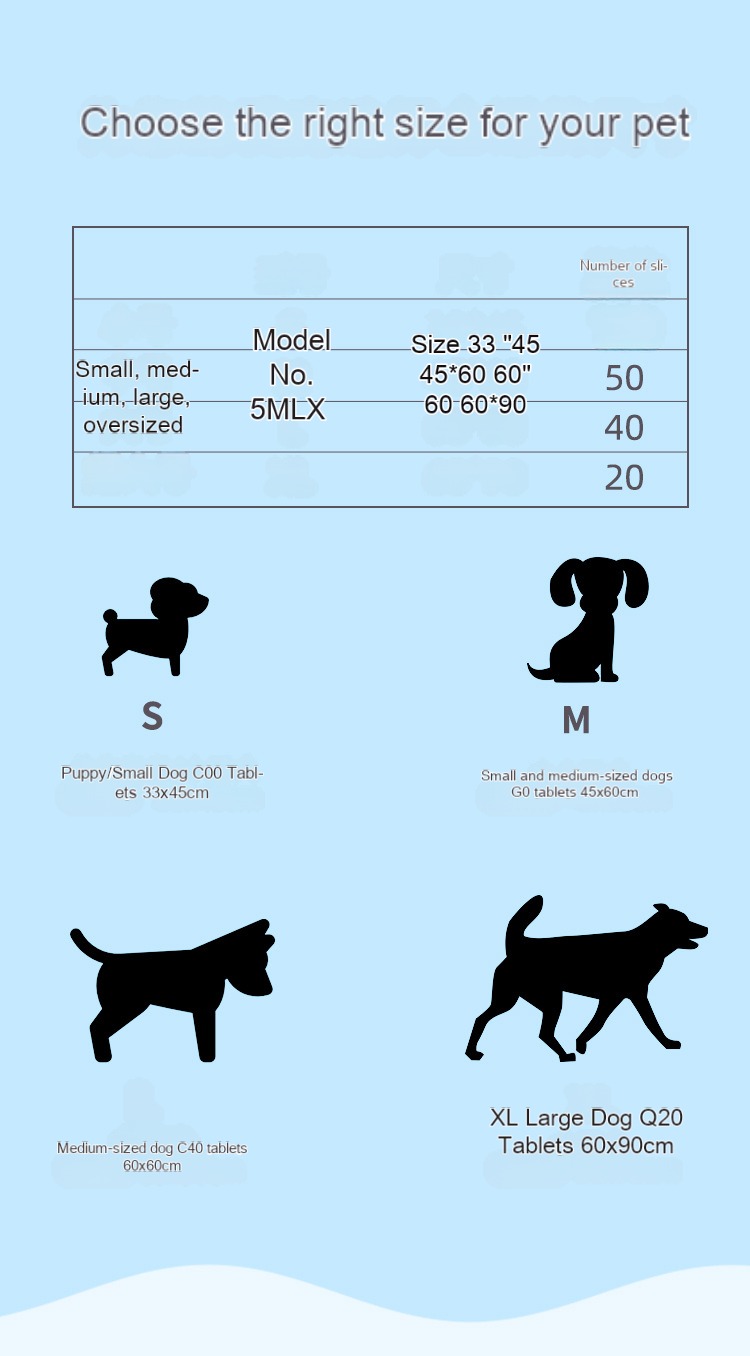Understanding What PET Scan Stands For: A Comprehensive Guide to Positron Emission Tomography
Guide or Summary:What PET Scan Stands ForWhat PET Scan Stands For#### Description:Positron Emission Tomography, commonly known as PET scan, is a revolutiona……
Guide or Summary:
What PET Scan Stands For
#### Description:
Positron Emission Tomography, commonly known as PET scan, is a revolutionary imaging technique that plays a crucial role in modern medicine. Understanding what PET scan stands for is essential for both healthcare professionals and patients alike, as it provides insights into its function, benefits, and applications. This article will delve into the intricacies of PET scans, how they work, and why they are indispensable in diagnosing various medical conditions.
PET scans are a type of nuclear medicine imaging that allows doctors to observe metabolic processes in the body. Unlike traditional imaging methods, such as X-rays or CT scans, which primarily focus on anatomical structures, PET scans provide functional information about tissues and organs. This capability makes it particularly valuable in oncology, neurology, and cardiology.

So, what does PET scan stand for? The acronym "PET" refers to Positron Emission Tomography. The term "positron" refers to the positively charged particles emitted by radioactive tracers that are introduced into the body. These tracers are typically composed of glucose or other compounds labeled with a radioactive isotope. When these compounds are injected into the patient, they accumulate in areas of high metabolic activity, such as tumors or areas of inflammation.
The process of a PET scan begins with the patient receiving an injection of a radioactive tracer. After a waiting period, which allows the tracer to circulate and accumulate in the target tissues, the patient is positioned in the PET scanner. The scanner detects the gamma rays emitted by the tracer as it decays, and a computer processes this data to create detailed images of the body’s metabolic activity.
One of the primary advantages of PET scans is their ability to detect diseases at an early stage. For instance, in oncology, PET scans can identify cancerous tumors long before they become visible on other imaging modalities. This early detection can significantly improve treatment outcomes and survival rates. Moreover, PET scans can also help assess the effectiveness of ongoing treatments by monitoring changes in metabolic activity in response to therapy.

In addition to their role in cancer diagnosis and management, PET scans are also instrumental in neurology. They can help identify conditions such as Alzheimer's disease, epilepsy, and other neurological disorders by highlighting areas of the brain that are not functioning optimally. This functional information can guide treatment decisions and improve patient care.
Despite the numerous benefits of PET scans, it is essential to consider the potential risks associated with radiation exposure. The amount of radiation from a PET scan is generally considered safe, especially when weighed against the diagnostic benefits. However, healthcare providers must always evaluate the necessity of the scan based on the patient's unique medical history and condition.
Another aspect to consider is the cost and accessibility of PET scans. While they provide invaluable information, PET scans can be expensive and may not be available in all healthcare settings. Patients should consult with their healthcare providers to determine if a PET scan is the most appropriate imaging modality for their situation.

In conclusion, understanding what PET scan stands for—Positron Emission Tomography—provides valuable insight into its significance in medical diagnostics. With its ability to visualize metabolic processes, PET scans have transformed the way healthcare professionals diagnose and treat various conditions, particularly in oncology and neurology. As technology continues to advance, the applications of PET scans are likely to expand, further solidifying their role in modern medicine. Whether you are a patient considering a PET scan or a healthcare professional looking to deepen your understanding, knowing what PET scan stands for is the first step in appreciating its impact on healthcare today.